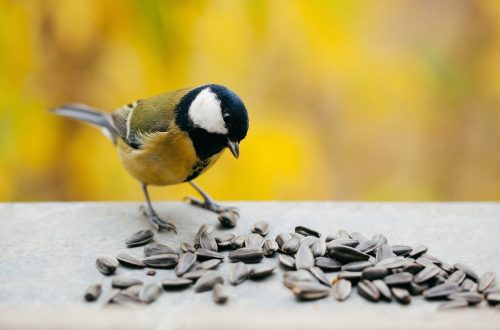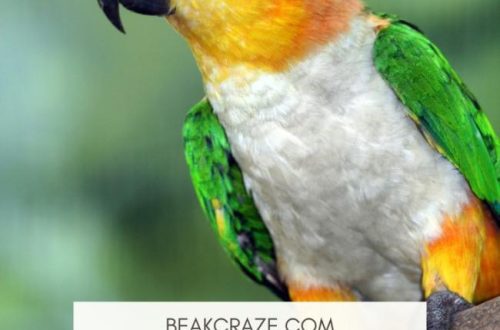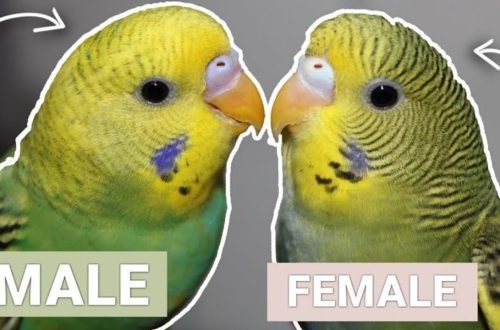
Ornithosis in parrots
Ornithosis is a common pathology for birds, animals and even humans. The causative agent of the disease is the chlamydia psittaci virus. Veterinary experts believe that parrots are carriers of the virus. Therefore, this pathology is also called psittacosis, or, more simply, parrot disease. It should not be forgotten that the strain of this virus is easily transmitted to humans. As mentioned above, in nature, birds are the main source of ornithosis. In addition to parrots, the ornithosis virus has been detected in the body of another 150 species of birds. In fairness, it is worth noting that the causative agent of ornithosis cannot be called a virus in the classical sense of the term, since neoriketsia or, in other words, chlamydia, are an intermediate link between viruses and bacteria. Despite the fact that psittacosis occurs on all continents, and so many species of birds are affected, nevertheless, the parrot family breaks out of this picture. Parrots are most susceptible to this pathology, especially this statement is true for young individuals.
Contents
Infection process
An infected parrot instantly becomes a carrier of infection, since the pathogen will enter the environment when coughing or sneezing, as well as along with droppings. Thus, infection of birds occurs by airborne and alimentary routes. For infection, the causative agent of ornithosis must get on the mucous membrane of the bird. This is observed when epithelial cells and dust from the dried droppings of an already sick parrot penetrate into the respiratory or digestive systems. Having been ill once with ornithosis, the parrot becomes a peddler of pathology.
The impact on human
The person is also susceptible to the causative agent of ornithosis. Usually, invasion occurs through contact with farm birds or pets. In addition, many birds within the city limits are also carriers of the virus. According to some estimates, the infection of pigeons and crows reaches 80 percent. This is especially true for the end of summer, when outbreaks of this pathology are most often recorded. People are at riskwho, by the nature of their profession, are forced to contact a lot with birds. This includes workers in poultry farms or meat processing plants. Parrot breeders are also suffering. Elderly people are especially susceptible to infection, which is explained by a natural decrease in immunity. But children suffer from ornithosis very rarely. To limit the spread of ornithosis, you should know that the pathogen dies already at a temperature of 70 degrees Celsius. He also does not tolerate the effects of such disinfectants as formalin, lysol or chloramine.
Clinical picture: symptoms of patients
Outside the body of the carrier, the virus is able to remain viable for an average of about 3 weeks. Ambient temperature will play a big role here. For example, at room temperature, the virus will be dangerous for about 2 days, while at minus 20 degrees Celsius it will live for more than six months. The clinical picture of pathology in turkeys is represented by severe anorexia against the background of a drop in egg production. In birds, severe emaciation and numerous cuts to the legs can be seen. In ducks, young animals at the age of one month often suffer from ornithosis. During the course of the pathology, about a third of the livestock dies. The clinical picture is represented by abundant mucus from the nasal sinuses, cough. Sometimes there is shortness of breath and conjunctivitis. A similar clinical picture is recorded in geese.
Within the city limits, pigeons are of particular danger, since they are the natural focus of infection. Infected pigeon chicks suffer from diarrhea, plumage has a disheveled appearance. In adult birds, the clinical picture will be presented by a runny nose, lacrimation and cough. It is especially important to notice the symptoms of ornithosis in domestic parrots in time.. A sick bird experiences apathy for food, daily activity is markedly reduced. In addition, the clinical picture is complemented by general weakness and diarrhea, which can cause the death of a pet.
Young birds with ornithosis quite often have bilateral conjunctivitis, profuse discharge from the sinuses. Parrots show signs of photophobia, and their droppings have a greenish-yellowish color. During a veterinary examination, the presence of inflammation of the air sacs and paralysis of the legs is quite often diagnosed. In this case, death occurs after a maximum of 2 weeks. The clinical picture or symptoms of ornithosis in humans can vary widely. The latent period of pathology lasts about 2 weeks. The first symptoms of the disease are chills with an increase in body temperature up to 40 degrees Celsius. The fever will progress over the next 3 to 4 days. Such a clinical picture is observed against the background of a severe headache, constipation, lack of appetite and pain that breaks the whole body. During ultrasound diagnosis, the doctor may state some enlargement of the liver and spleen. Later, the clinical picture of the infection is supplemented by a dry cough, which is characterized by scanty sputum with blood. Sometimes a cough appears with the first symptoms of the disease, and sometimes after only a week. You should know that a person experiences an invasion from domestic parrots much harder than from other birds.
Ornithosis of birds in the household
If it is required to diagnose a bird in the latent period of the development of pathology, then a laboratory study of blood serum is carried out. For this, the material is taken from the bird’s heart. Next, they wait for the precipitation of blood cells, and the resulting serum is mixed with a solution of sodium chloride in the desired ratio. The laboratory material is placed in a water bath and heated to 57 degrees Celsius. If the whey needs to be stored for some time, it is subjected to deep freezing in a special refrigerator.
The clinical picture of ornithosis is in many ways similar to such pathologies in birds as respiratory mycoplasmosis, paratyphoid fever or viral sinusitis. Sometimes these pathologies do not develop independently, but against the background of ornithosis. In any case, an accurate diagnosis requires a series of laboratory tests in a veterinary clinic. To reduce the chance of spreading psittacosis, all purchased birds must be quarantined for up to 3 months. Further, for the purpose of prevention, the bird should receive antibiotics periodically. However, if an outbreak of infection has already occurred, then all diseased livestock must be destroyed. Such a seemingly barbaric method will help prevent the spread of psittacosis.
During the quarantine period, you can collect the litter of newly acquired birds and take it to the veterinary clinic for research. This method will allow timely detection of not only ornithosis, but also many other pathologies. However, for the objectivity of the data obtained, the litter should be collected according to a certain method. Litter is collected 3 times a day. Then take a break for a day and repeat the procedure. This is followed by another daily break, and the litter is collected again. The collected material can be stored in one container in the refrigerator. After the end of the collection, he is taken to the veterinary clinic.





